Azbil Starts Sales of Photoelectric Switches with Improved Environmental Resistance
- Enables Reduced Downtime Due to Improved Coolant Resistance -
TOKYO, Sept. 19, 2019: Azbil Corporation (Tokyo Stock Exchange Code: 6845) today announced that it has started sales of Photoelectric Switches for Harsh Environments Model H2B, which are designed for long-term use in harsh environments such as those in the metalworking processes of automotive manufacturing equipment.
The metalworking processes of production lines for automobiles and automotive parts require a large number of photoelectric switches for automating manufacturing equipment such as machine tools. The majority of those switches currently employ resin housing due to their intended use in clean environments. However, when used in metalworking processes where they come into contact with various oil-based coolants, breakdowns frequently occur mainly resulting from coolant penetrating the switch interior through cracks and cables, or other means. The Model H2B has been designed to reduce interruptions to production lines caused by switch breakdown, as well as increase factory operating efficiency.
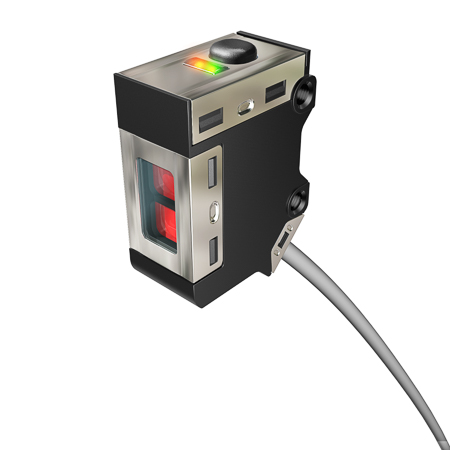
Photoelectric Switches for Harsh Environments
Model H2B
The Model H2B features die-cast housing for shock resistance and a glass lens cover. By improving the sealing of cables and outlets, and filling cable interiors with epoxy resin, Azbil has enhanced the switches’ protection from coolants. This has allowed the Company to offer an environment-resistant model that has greatly improved robustness and oil-resistance over standard models, and contributes to the stable and reliable operation of production lines in harsh environments.
Features
- Robust construction and superior oil resistance
- Die-cast housing and glass lens cover construction does not use resin, which prevents cracking.
- Multiple sealing prevents coolant from seeping into gaps and other small openings.
- Cable interior filled with epoxy resin to prevent coolant from seeping in.
- Inclusion of a model that includes a slit
- Increased detection performance of small objects due to a narrowed light beam, which is useful when detecting tools with a small diameter or differentiating irregularly-shaped parts.
- Inclusion of a standard model with a 10-meter cable
- Eliminating the need for an extension cable prevents coolant from seeping in where the cables connect.
Reference: Potential applications
| Production area | Potential application | Example illustration |
|---|---|---|
| Machine tools, machining areas | Environments in which a photoelectric switch is constantly exposed to coolants when metal parts to be cut during machining are covered in coolant. | 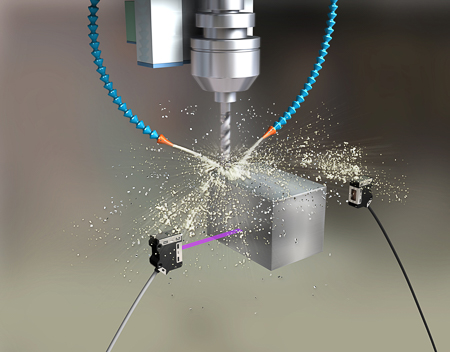 An example of a metal part for processing being detected |
| Machine tools, tool changing areas | Environments extremely close to the machining section and mist coolant is constantly present in the air. In addition, environments where it is necessary to accurately detect the presence of tools of varying sizes, which requires a photoelectric switch with a narrow beam. |
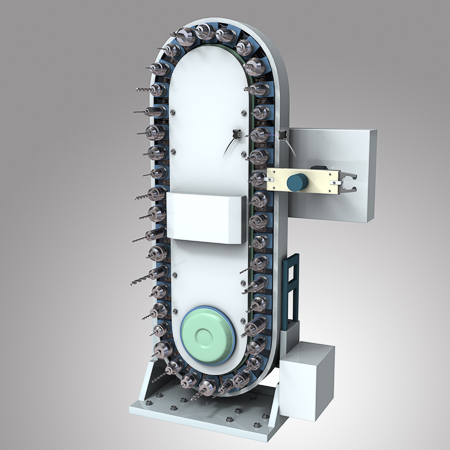 Detecting small-diameter tools |
| Transport of metal parts | Environments extremely close to the machining section and mist coolant is constantly present in the air. In addition, environments where it is necessary to differentiate various metal parts for transport, which requires a photoelectric switch with a narrow beam. | 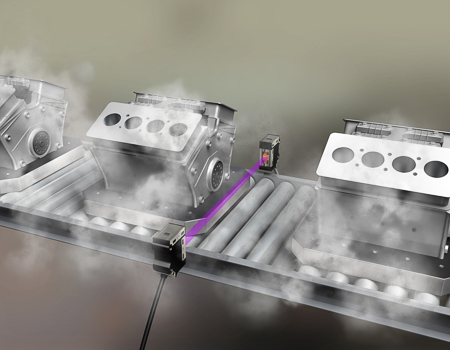 Detecting metal parts in an engine block 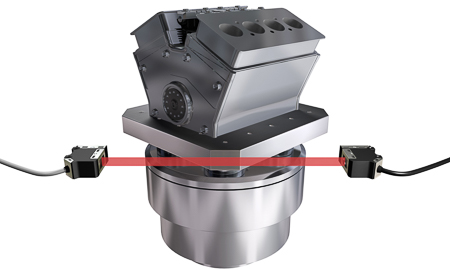 Differentiating parts on a palette |
Guided by the azbil Group philosophy of “human-centered automation,” Azbil is committed to delivering products that satisfy customers’ needs, providing safety, comfort, and fulfillment.
* Posted information is accurate as of the date of announcement.
 Contact
Contact
For media inquiries
Robert Jones / Masayoshi Kogai
Public Relations Section, Azbil Corporation
Phone: +81-3-6810-1006 Email: publicity@azbil.com
